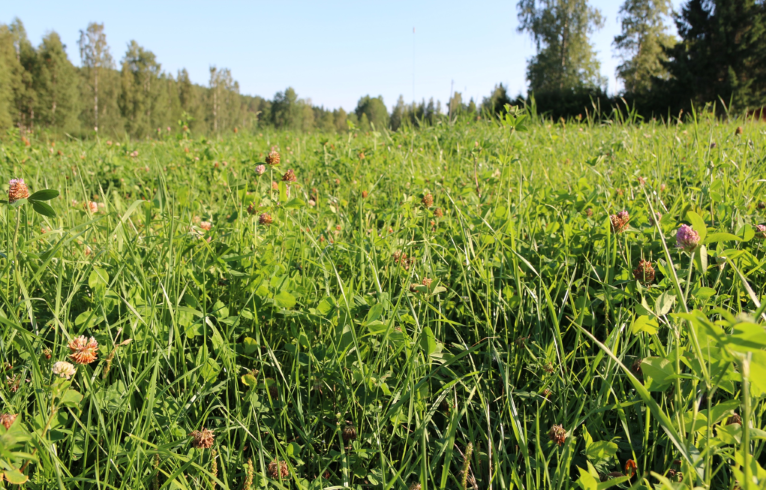Farms generate a wide range of side streams that could be used more efficiently. In agriculture, the largest biobased side streams in terms of volume are mainly manure, grass biomasses and straw. However, there is a wide range of other side streams as well. Biobased side streams refer to all biomass that is not utilised in the main production of the farm.
| Side streams from agriculture | Side streams from forestry |
| manure | wood residues |
| sludge | stumps |
| urine | energy wood |
| contaminated / excess feed | wood chips |
| grass (green manure grasslands, set aside, landscape fields) | saw dust |
| straws | bark |
| buffer zone vegetation | fibre sludge |
| wetland vegetation | black lye |
| dredging waste | ash |
| garden waste, plant waste |
Biobased side streams refer to all biomass that is not utilised in the main production of the farm.
Biobased side streams are valuable raw materials to be used as such, for example for fertilising or soil improvement purposes, and there is also demand for further processing in industry. Side streams are exploited and processed for biogas, recycled fertilisers, soil improvers, litter and biochar, among others.

Plant biomass has a high gas yield potential, which makes it a good feedstock for biogas plants. Photo: Anna Lehtinen
The effective use of side streams has been slowed down by challenges related to profitability and logistics. On an individual farm, the quantities of side streams can be small and/or seasonal and suitable buyers have not been found. The KiertoaSuomesta.fi marketplace is a meeting point for sellers and buyers of materials. By combining the collection of side streams from different farms in the region, transport costs can be reduced and the income for farms can be improved.